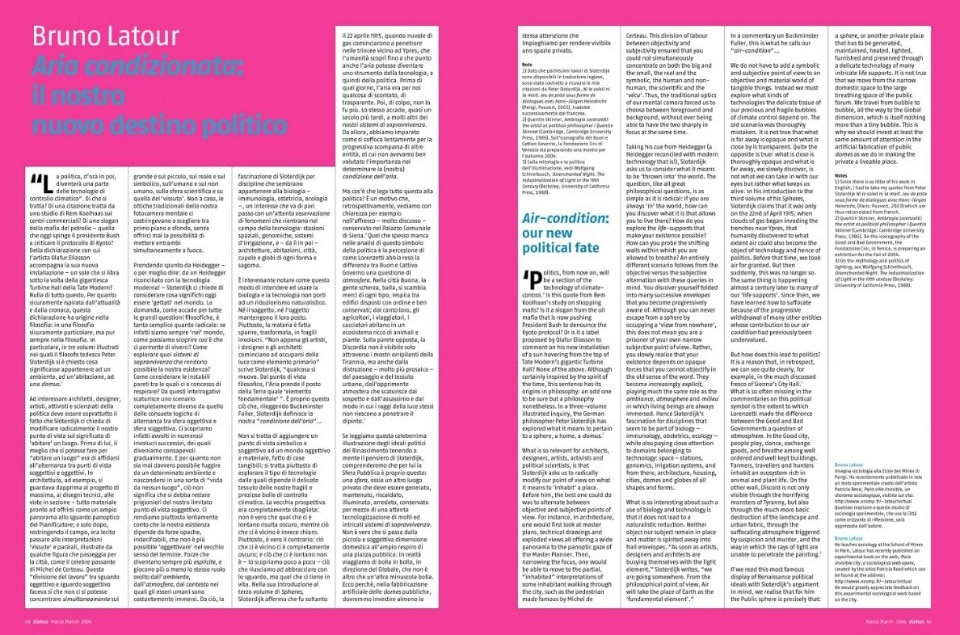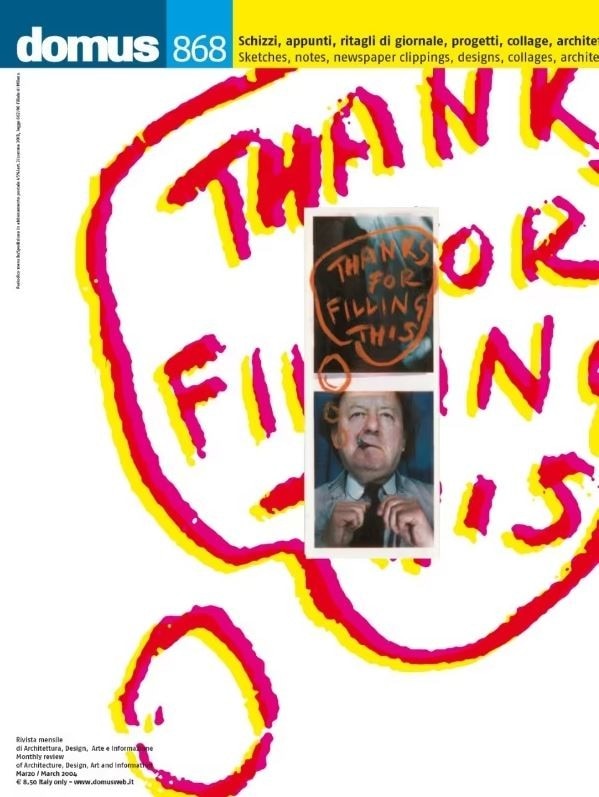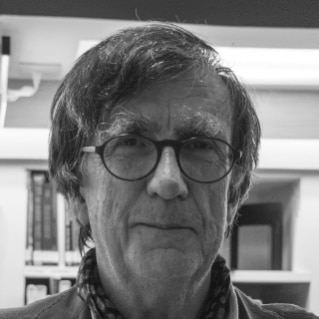This editorial was published on Domus 868 in March 2004.
‘Politics, from now on, will be a section of the technology of climate-control.’ Is this quote from Rem Koolhaas’s study on shopping malls? Is it a slogan from the oil mafia that is now pushing President Bush to denounce the Kyoto protocol? Or is it a label proposed by Olafur Eliasson to comment on his new installation of a sun hovering from the top of Tate Modern’s gigantic Turbine Hall? None of the above. Although certainly inspired by the spirit of the time, this sentence has its origins in philosophy: an odd one to be sure but a philosophy nonetheless. In a three-volume illustrated inquiry, the German philosopher Peter Sloterdijk has explored what it means to pertain to a sphere, a home, a domus.
What is so relevant for architects, designers, artists, activists and political scientists, is that Sloterdijk asks us to radically modify our point of view on what it means to ‘inhabit’ a place. Before him, the best one could do was to alternate between objective and subjective points of view. For instance, in architecture, one would first look at master plans, technical drawings and exploded views all offering a wide panorama to the panoptic gaze of the Master Planner. Then, narrowing the focus, one would be able to move to the partial, “inhabited” interpretations of some inhabitant walking through the city, such as the pedestrian made famous by Michel de Certeau. This division of labour between objectivity and subjectivity ensured that you could not simultaneously concentrate on both the big and the small, the real and the symbolic, the human and nonhuman, the scientific and the ‘vécu’. Thus, the traditional optics of our mental camera forced us to choose between foreground and background, without ever being able to have the two sharply in focus at the same time.

Taking his cue from Heidegger (a Heidegger reconciled with modern technology that is!), Sloterdijk asks us to consider what it means to be ‘thrown into’ the world. The question, like all great philosophical questions, is as simple as it is radical: if you are always ‘in’ the world, how can you discover what it is that allows you to live there? How do you explore the life-supports that make your existence possible? How can you probe the shifting walls within which you are allowed to breathe? An entirely different scenario follows from the objective versus the subjective alternation with these queries in mind. You discover yourself folded into many successive envelopes that you become progressively aware of. Although you can never escape from a sphere by occupying a ‘view from nowhere’, this does not mean you are a prisoner of your own narrow subjective point of view.
Rather, you slowly realise that your existence depends on opaque forces that you cannot objectify in the old sense of the word. They become increasingly explicit, playing much the same role as the ambiance, atmosphere and milieu in which living beings are always immersed. Hence Sloterdijk’s fascination for disciplines that seem to be part of biology — immunology, obstetrics, ecology — while also paying close attention to domains belonging to technology: space - stations, genomics, irrigation systems, and from there, architecture, housing, cities, domes and globes of all shapes and forms.
What is so interesting about such a use of biology and technology is that it does not lead to a naturalistic reduction. Neither object nor subject remain in place and matter is spirited away into frail envelopes. “As soon as artists, designers and architects are busying themselves with the light element,” Sloterdijk writes, “we are going somewhere. From the philosophical point of view, Air will take the place of Earth as the ‘fundamental element’.” In a commentary on Buckminster Fuller, this is what he calls our “air-condition”…

We do not have to add a symbolic and subjective point of view to an objective and material world of tangible things. Instead we must explore what kinds of technologies the delicate tissue of our precious and fragile bubbles of climate control depend on. The old scenario was thoroughly mistaken. It is not true that what is far away is opaque and what is close by is transparent. Quite the opposite is true: what is close is thoroughly opaque and what is far away, we slowly discover, is not what we can take in with our eyes but rather what keeps us alive. In his introduction to the third volume of his Spheres, Sloterdijk claims that it was only on the 22nd of April 1915, when clouds of gas began invading the trenches near Ypres, that humanity discovered to what extent air could also become the object of technology and hence of politics. Before that time, we took air for granted. But then suddenly, this was no longer so. The same thing is happening almost a century later to many of our ‘life supports’. Since then, we have learned how to suffocate because of the progressive withdrawal of many other entities whose contribution to our air condition had previously been undervalued.
We travel from bubble to bubble, all the way to the Global dimension, which is itself nothing more than a tiny bubble. This is why we should invest at least the same amount of attention in the artificial fabrication of public domes as we do in making the private a liveable place.
But how does this lead to politics? It is a reason that, in retrospect, we can see quite clearly, for example, in the much discussed fresco of Sienna’s City Hall. What is so often missing in the commentaries on this political symbol is the extent to which Lorenzetti made the difference between the Good and Bad Governments a question of atmosphere. In the Good city, people play, dance, exchange goods, and breathe among well ordered and well kept buildings. Farmers, travellers and hunters inhabit an ecosystem rich in animal and plant life. On the other wall, Discord is not only visible through the horrifying monsters of Tyranny, but also through the much more basic destruction of the landscape and urban fabric, through the suffocating atmosphere triggered by suspicion and murder, and the way in which the rays of light are unable to penetrate the painting.
If we read this most famous display of Renaissance political ideals with Sloterdijk’s argument in mind, we realise that for him the Public sphere is precisely that: a sphere, or another private place that has to be generated, maintained, heated, lighted, furnished and preserved through a delicate technology of many intricate life supports. It is not true that we move from the narrow domestic space to the large breathing space of the public forum. We travel from bubble to bubble, all the way to the Global dimension, which is itself nothing more than a tiny bubble. This is why we should invest at least the same amount of attention in the artificial fabrication of public domes as we do in making the private a liveable place.


